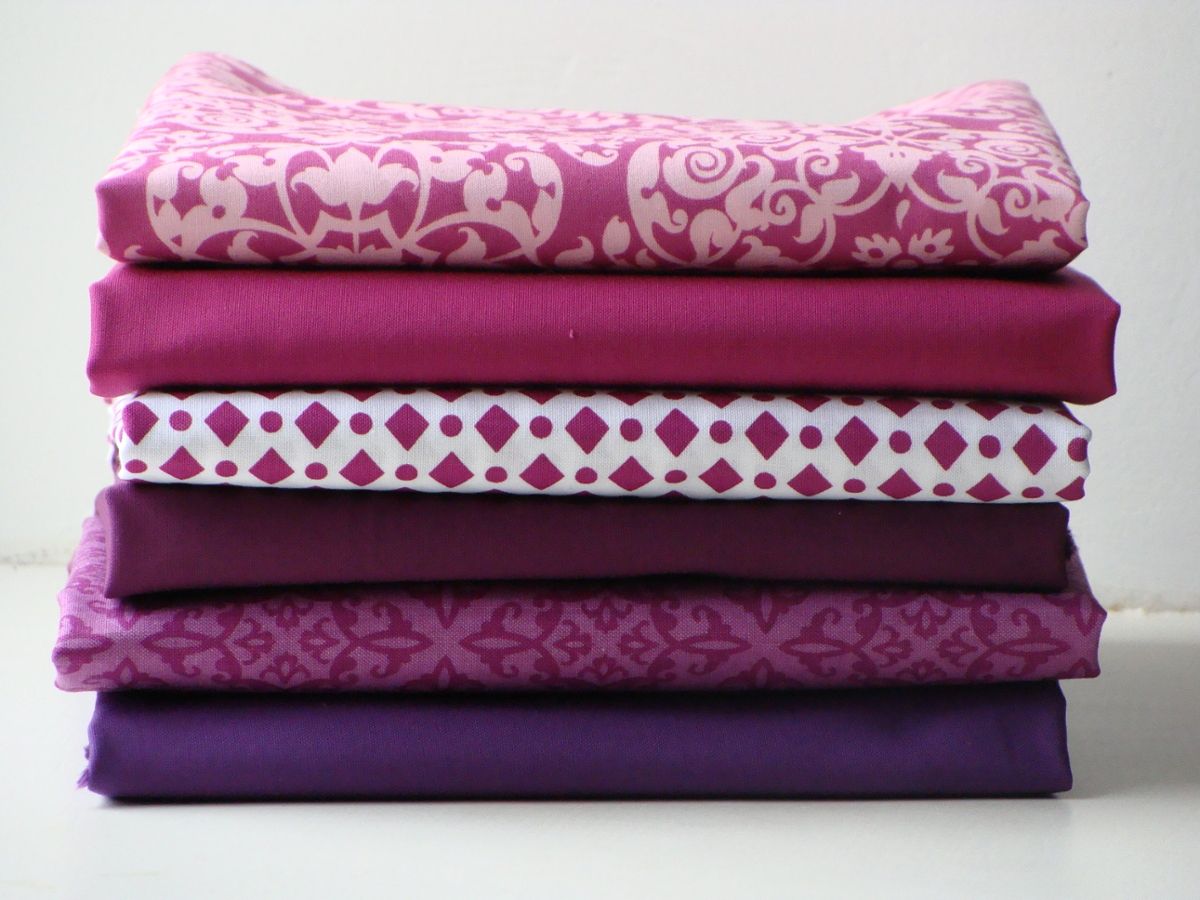Where does color come from? If you’re thinking like an optometrist, you’d describe how light hits specialized cells in the back of our eyes, sending a signal to our brain that we’re seeing a certain hue. But if you’re thinking like a dressmaker, you might say that color comes from William Henry Perkin, in 1856.
That’s the year Perkin, an eighteen-year-old English scientist, attempted to create a malaria cure. He used aniline, a colorless oil made from benzene distilled from coal tar. Coal tar was itself derived from turning coal into coke, a common Victorian fuel. And Perkin’s experiment created something reminiscent of coal: a dark, sludgy ooze. Cleaning his beaker with a solution of alcohol, Perkin realized that while he hadn’t cured malaria, he’d made something far more beautiful than a dark sludge: a brilliant magenta stain. Importantly, the vivid purple adhered to cloth, even after washing.
Perkin had created mauveine, which became the world’s first mass-produced synthetic dye. Before 1856, the costly, laborious process of dye-making relied on natural materials. Purple, for example, had historically come from Mediterranean seasnails, thousands of which were crushed to dye a single garment.
When Perkin, though, patented his easy process for producing mauveine, he kickstarted the synthetic dye industry. Advances in chemistry throughout the nineteenth century spurred further production of aniline-based textiles, as scientists and the public—and Queen Victoria!—clamored for bright, suddenly affordable outfits. Though it seems strange to us today to think of coal and its colorless oil as foundational for today’s many-hued clothes, Perkin’s mauveine shows us the historical links between manufacturing, the fuel industry, fashion, and chemistry.










